The stunning Olympic Peninsula with brief visits to three Native American tribal cultural events

Oh how fortunate we are in the Northwest to have the Olympic Peninsula! It is magnificent in mid July. We just completed a wonderful trip there, two nights at a cabin on Neah Bay.
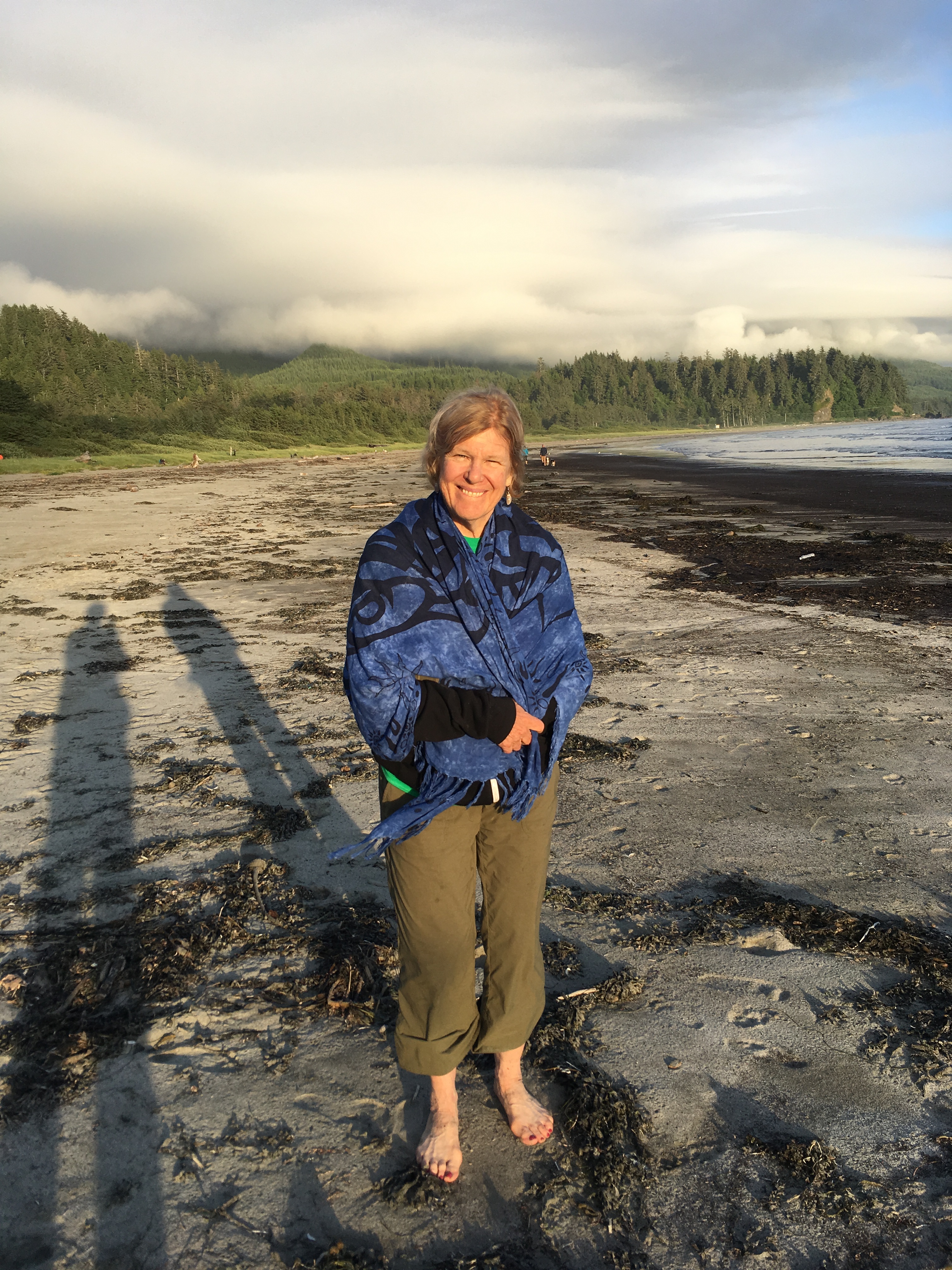
We did the short walk to Cape Flattery, the furthest West point in US


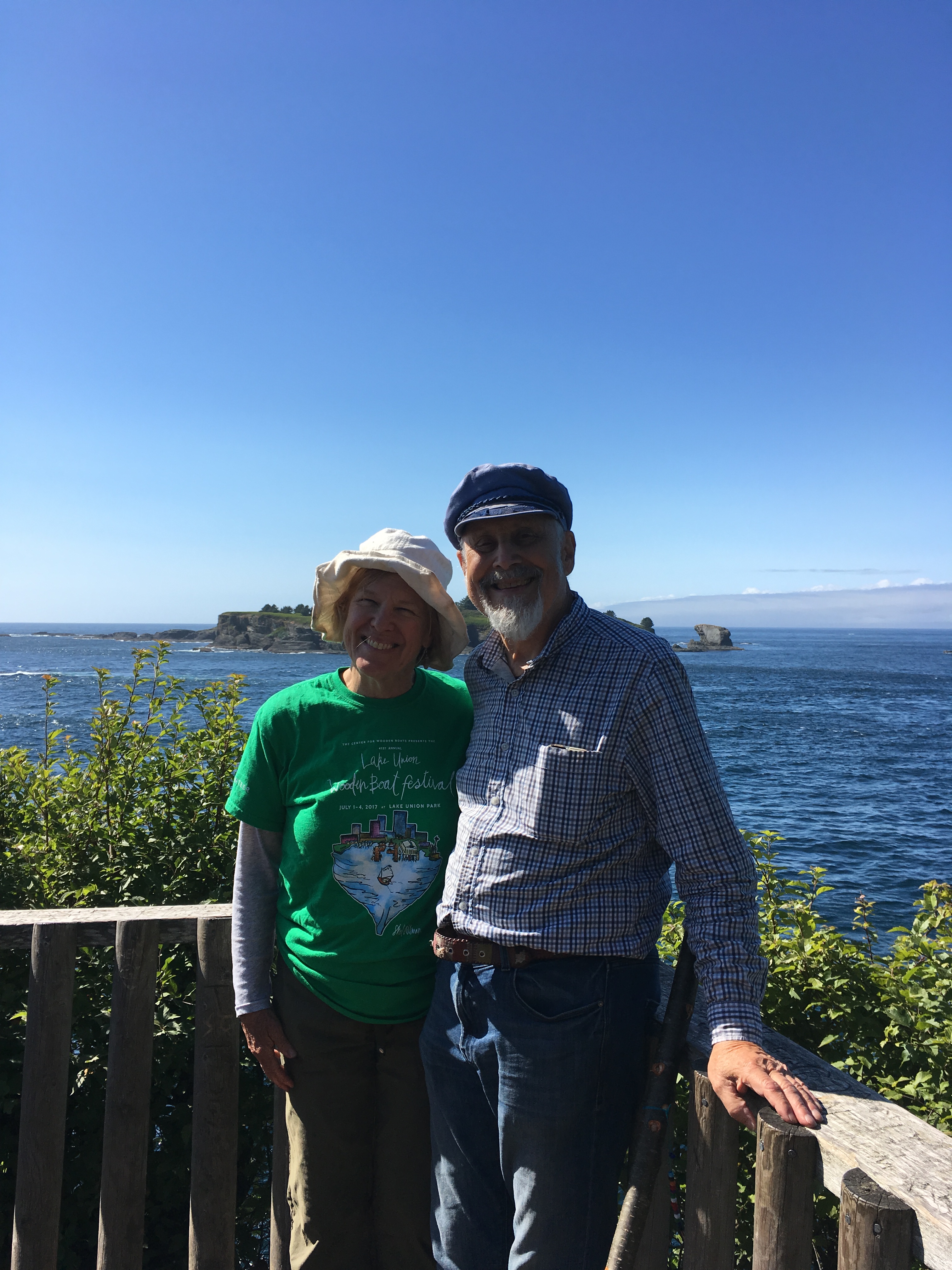
and two nights camping at the Mora campground, near Rialto Beach and La Push. That is Henry and his magnificent blueberry pancake
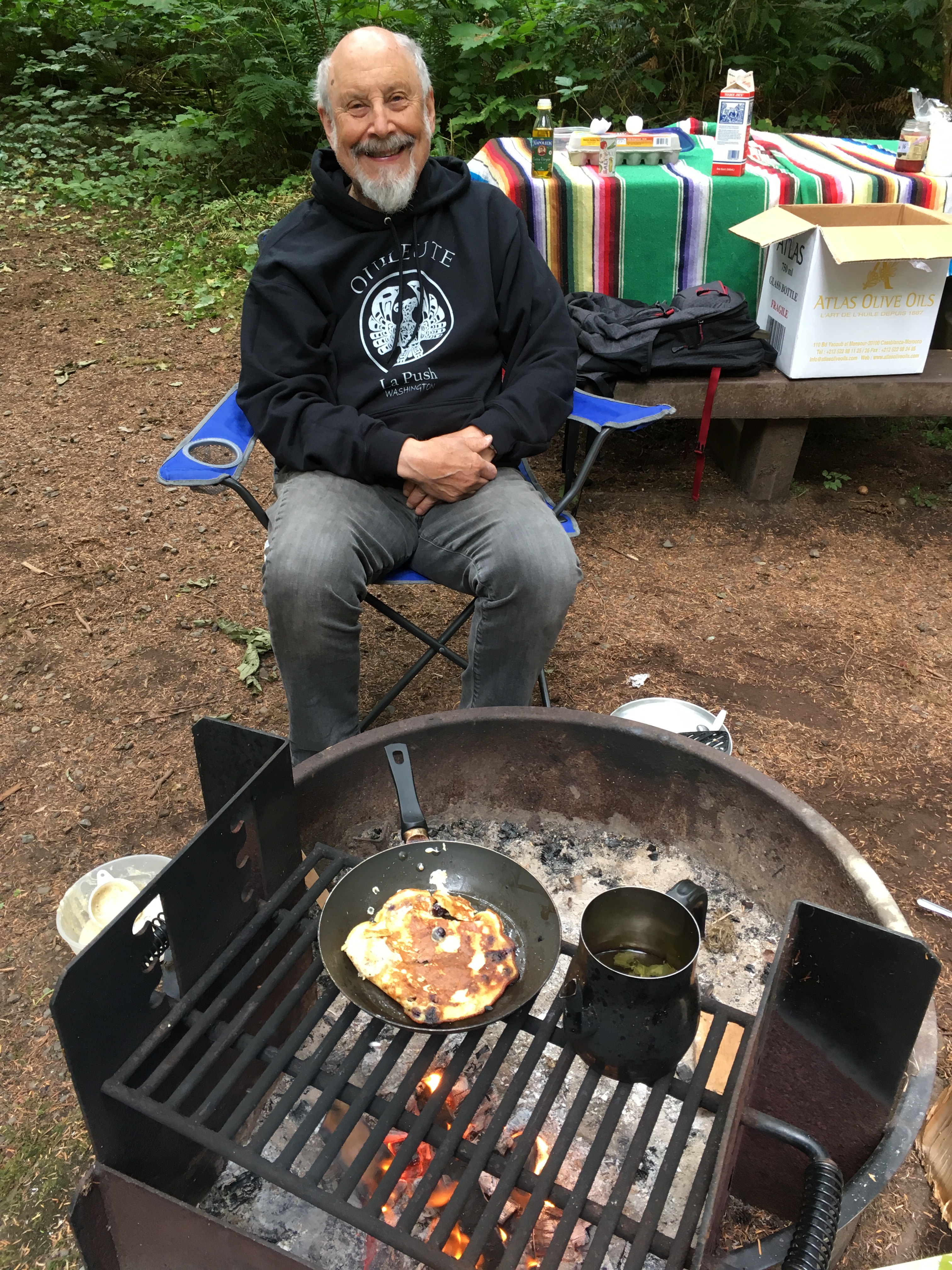
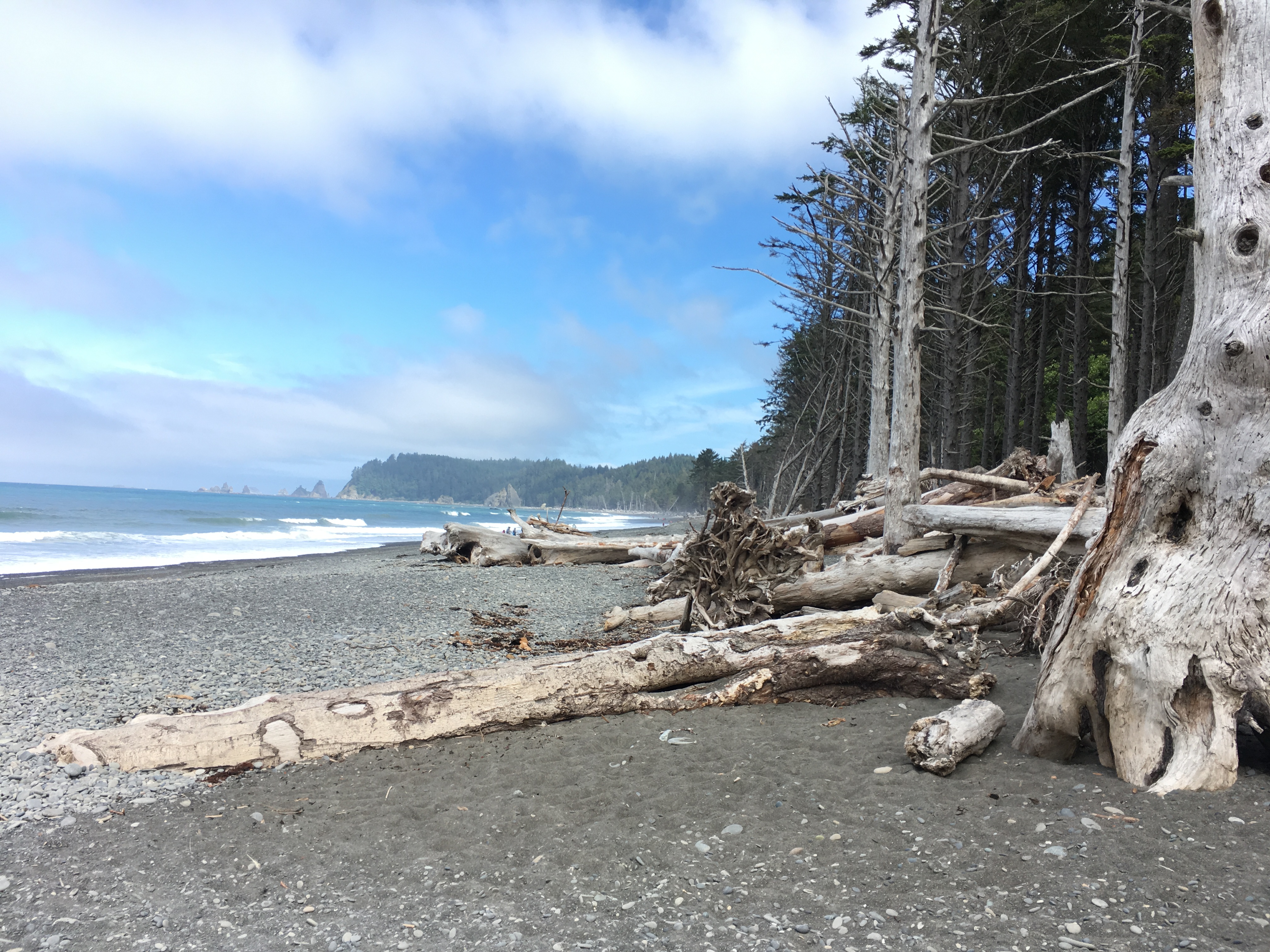
It was cloudy at Rialto Beach, but it is one of the most beautiful beaches in the world in my opinion, and part of one of the few wild seacoasts in the continental US, jointly managed by the Olympic National Park, Olympic Coast National Marine Sanctuary and the offshore National Wildlife Refuge.
Sadly, in spite of all this protection, plus the collaboration with Native tribes, our Orca population is declining rapidly, a baby Orca died today. Apparently they are starving because of reduced salmon runs. And our detestable national government is gutting the Endangered Species Act, adding yet another threat to the Orcas. At this time there are about 74 left.
Returning to a more joyful topic:
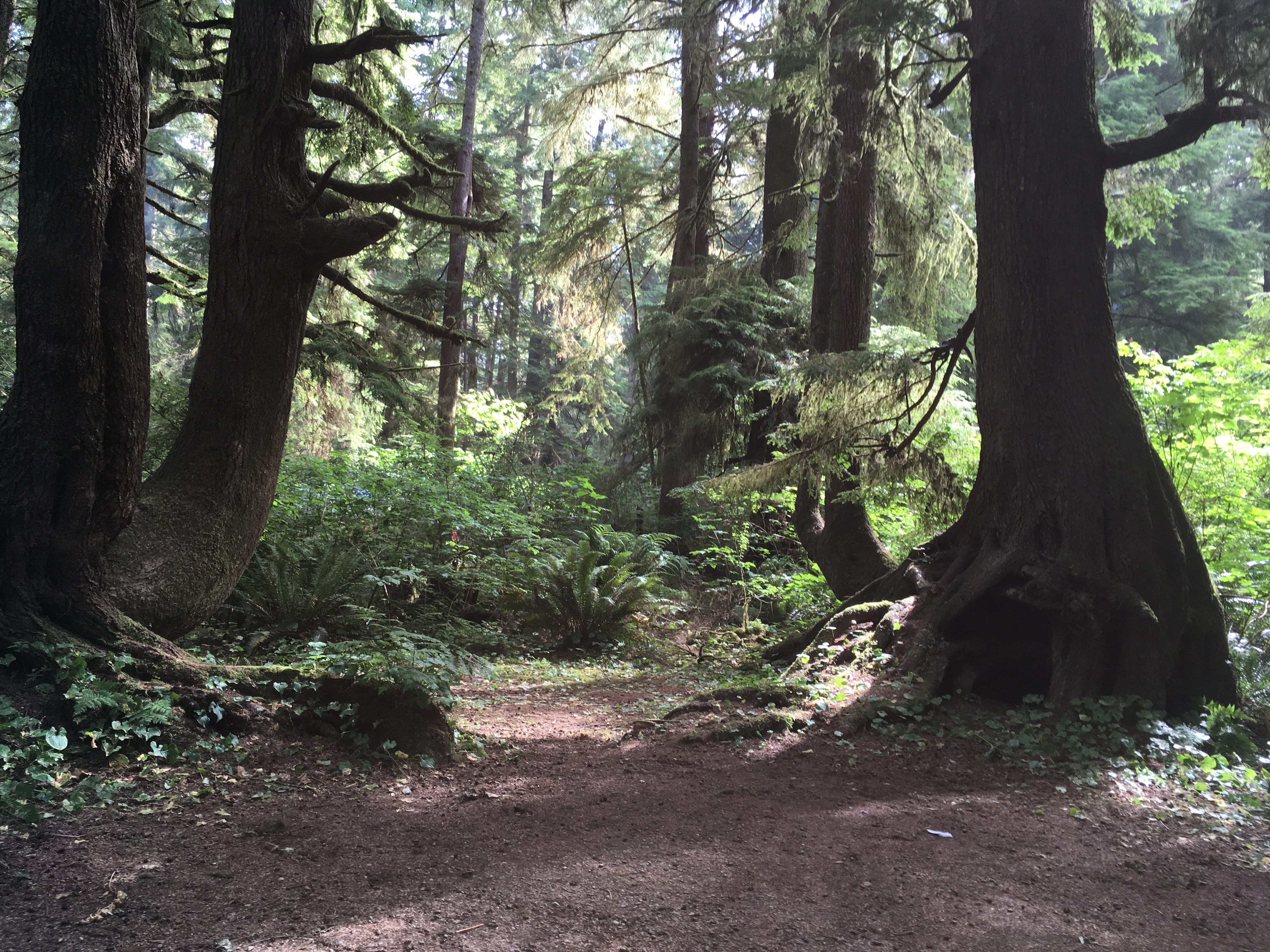
Our campsite was surrounded by old trees (not quite old growth, but almost). We had a stunning pair of trees near us with hollowed out bases. As we walked on the trails we saw other ancient trees with entangled roots that for me always resemble creatures.
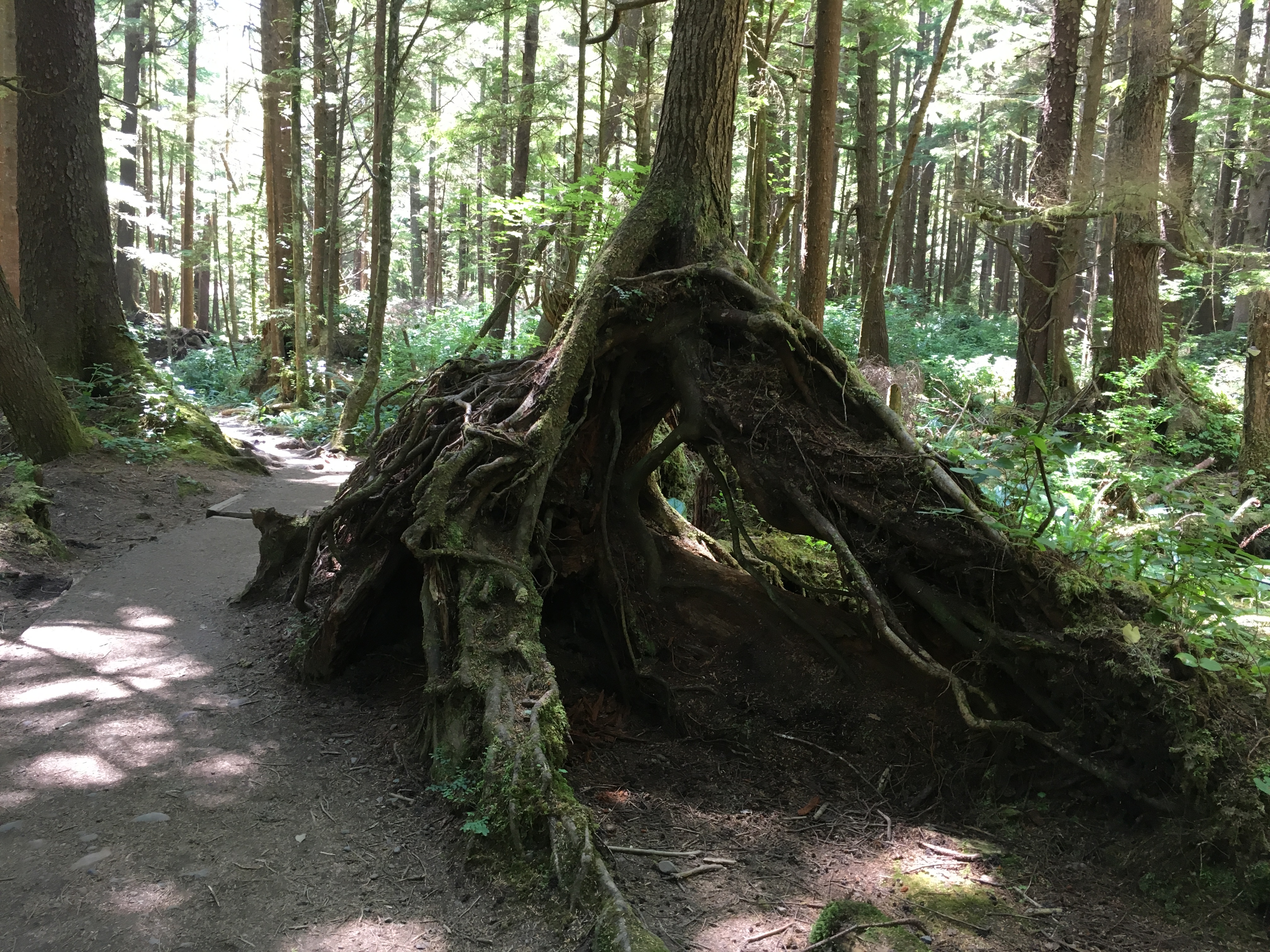

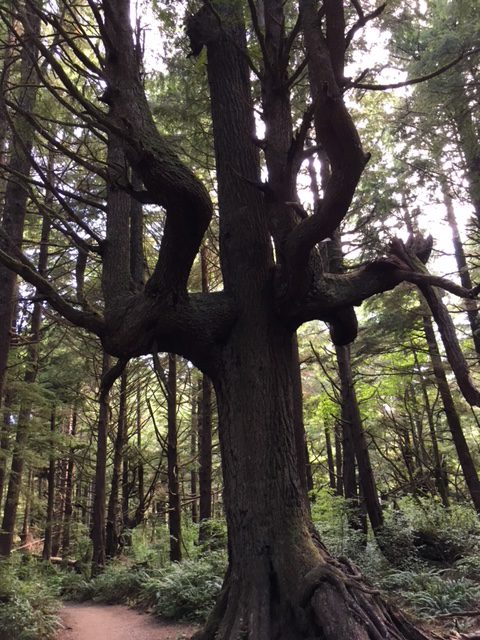
And these oddly bent branches on the trails.
I am prolonging our experience by looking at these photographs again. Henry did a wonderful job.

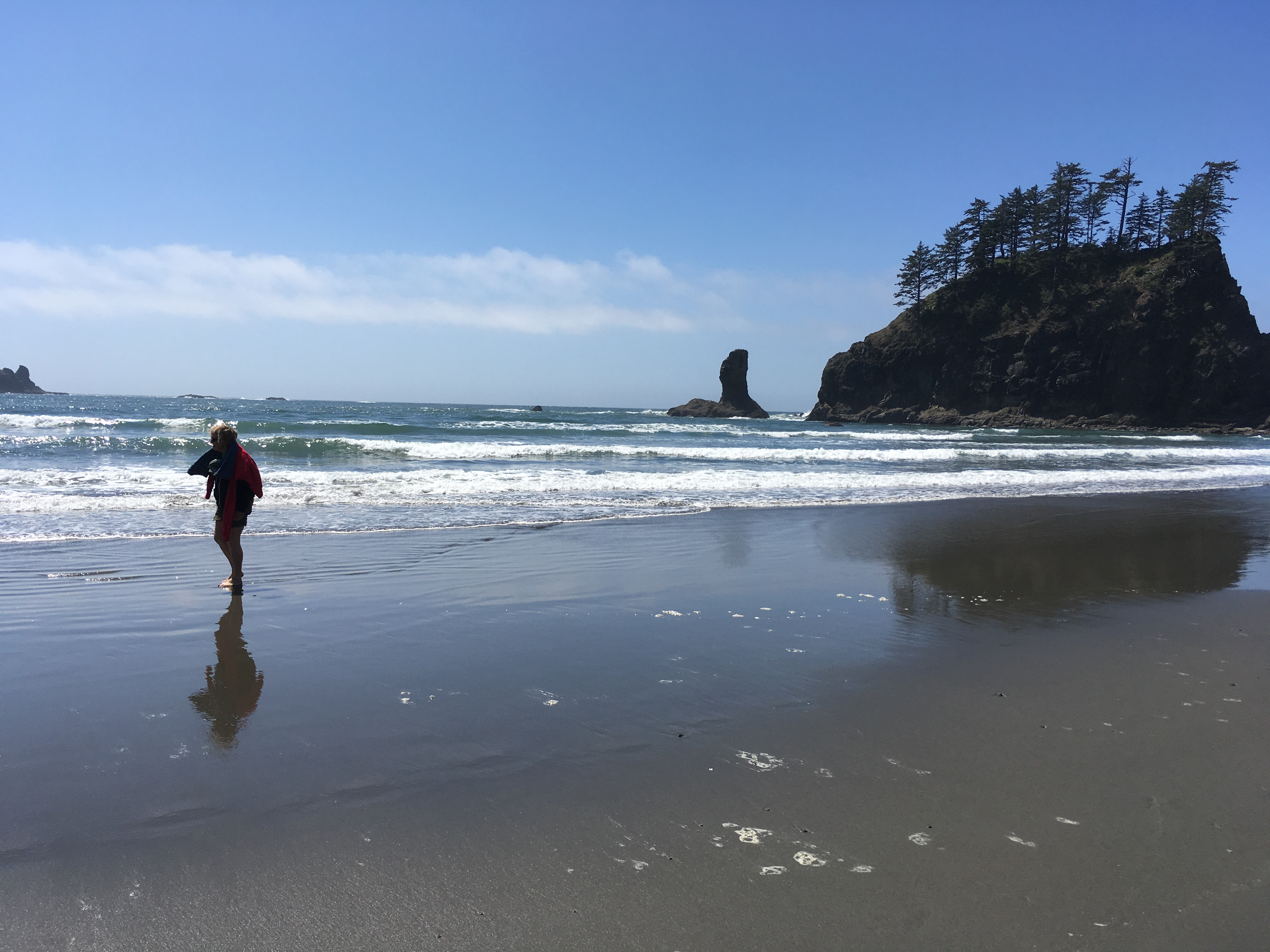
Part II
The Olympic Peninsula has many distinct Native tribes. We intersected with only three, first the Suquamish, right after the Agate Point bridge, live on what is called the Point Madison Reservation.
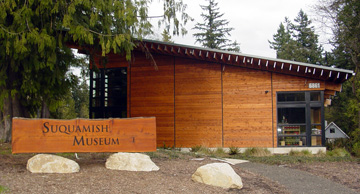
We visited their museum
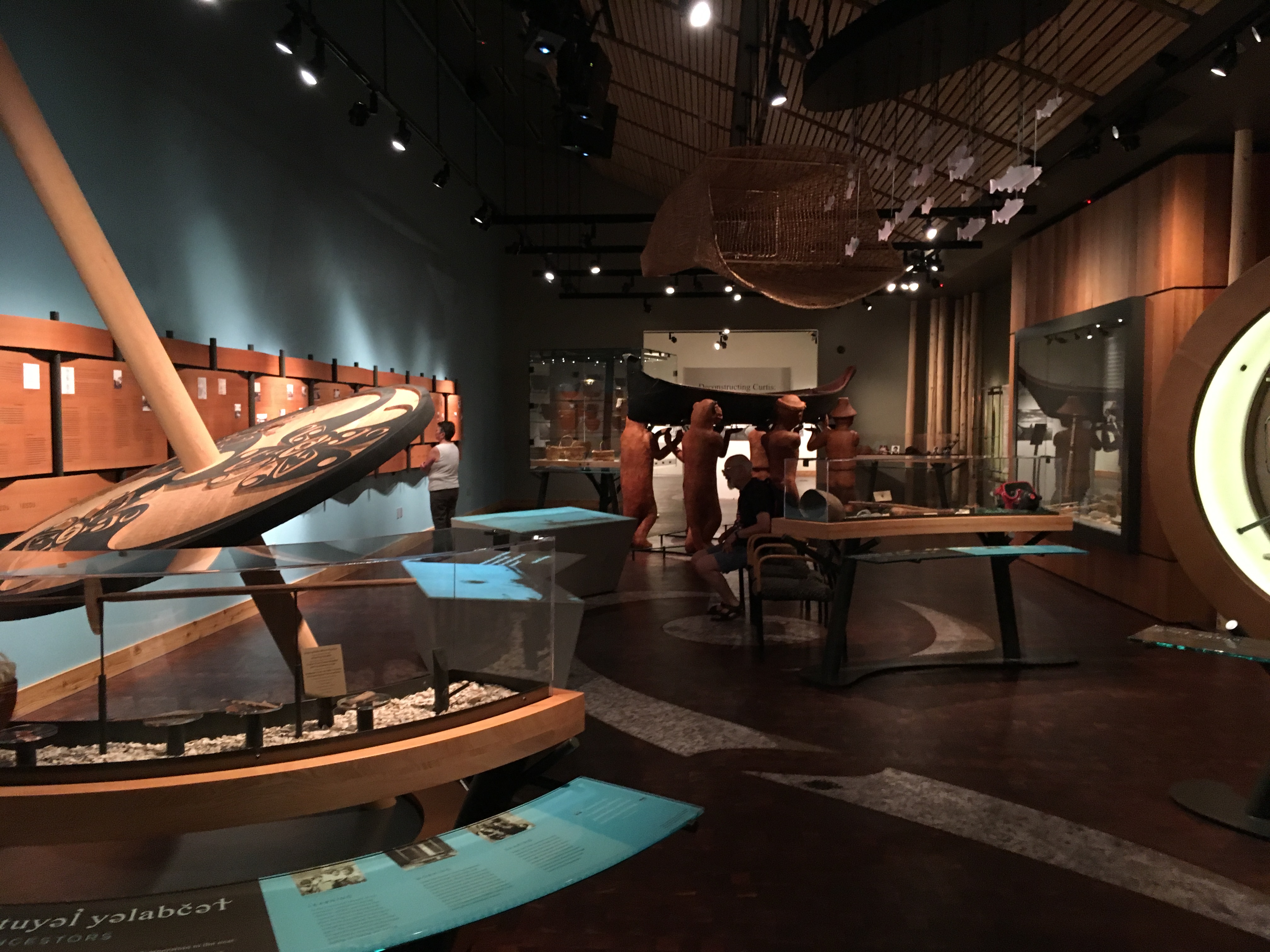
for the exhibition, “Deconstructing Curtis Exhibition” a comparison of Edward Curtis photographs and those of the Suquamish Archive belonging to the museum of the same people, or the same place. It was fascinating, underscoring both Curtis’s skill as a photographer and his European romanticism.

Basket Maker, Suquamish archival photograph
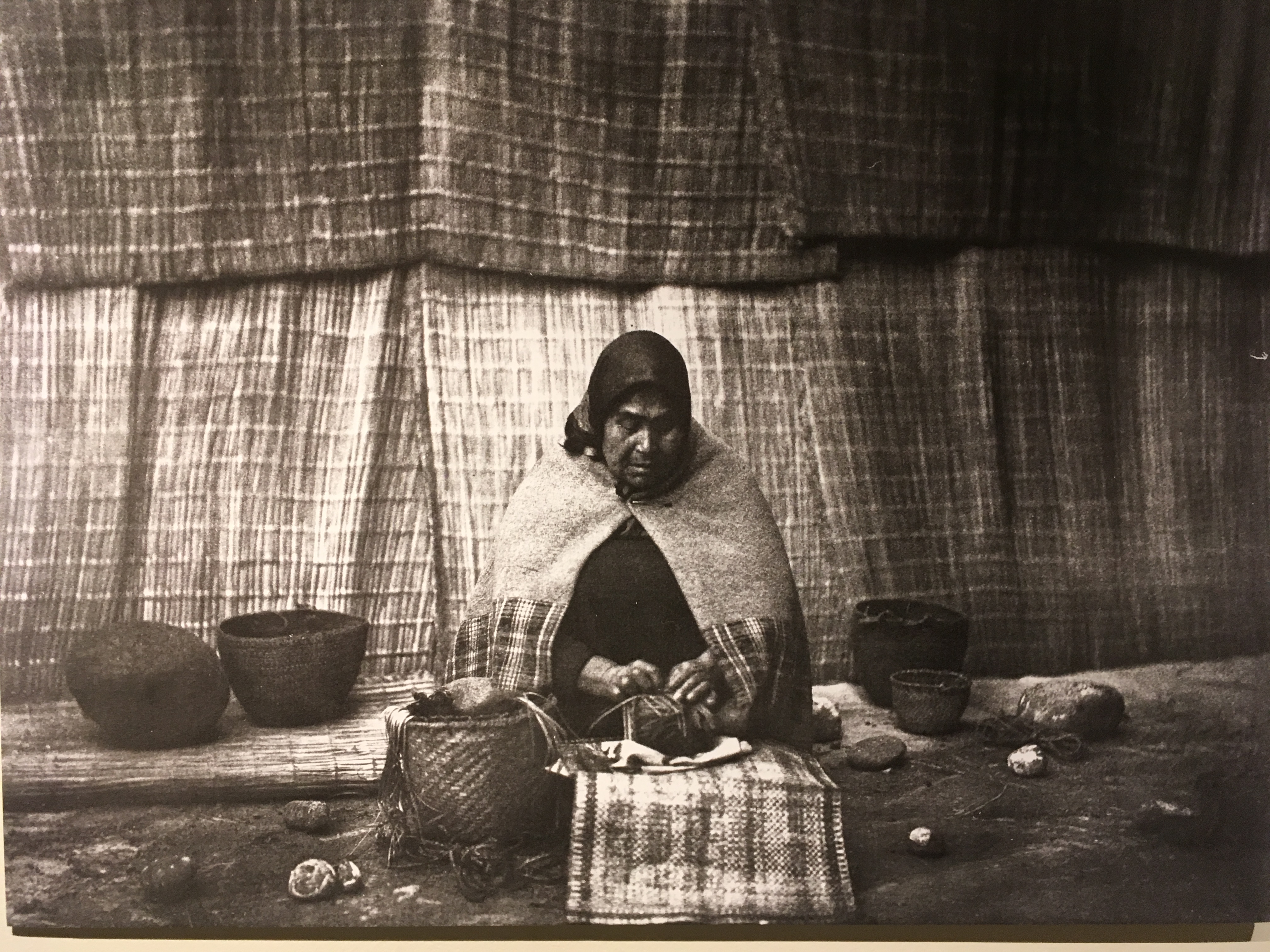
Edward Curtis Basket Maker
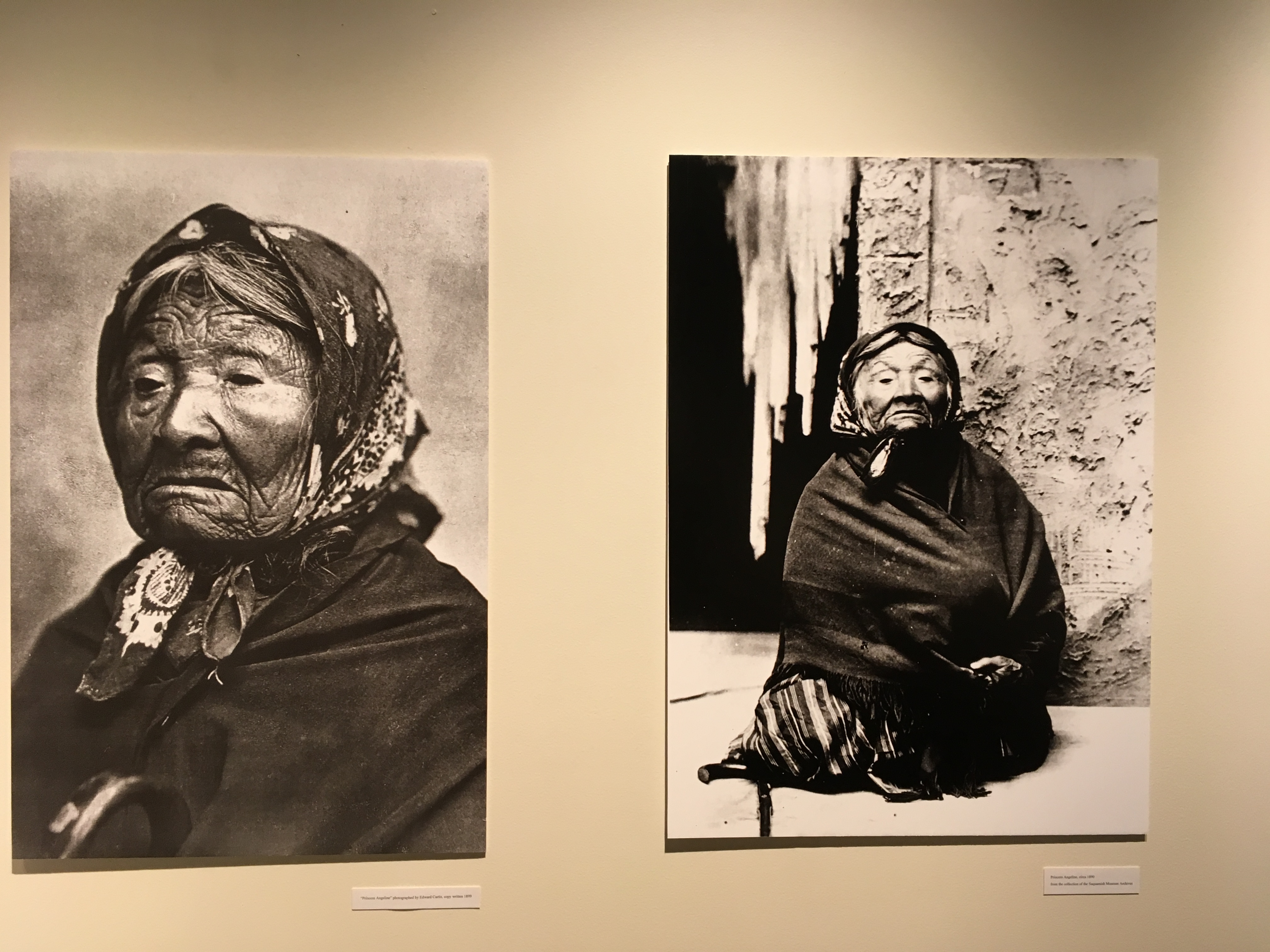
Princess Angeline, Chief Seattle’s Daughter who refused to leave her home. Edward Curtis photograph on left and Suquamish photograph on right. She frequently posed for Curtis around Seattle in his early career.
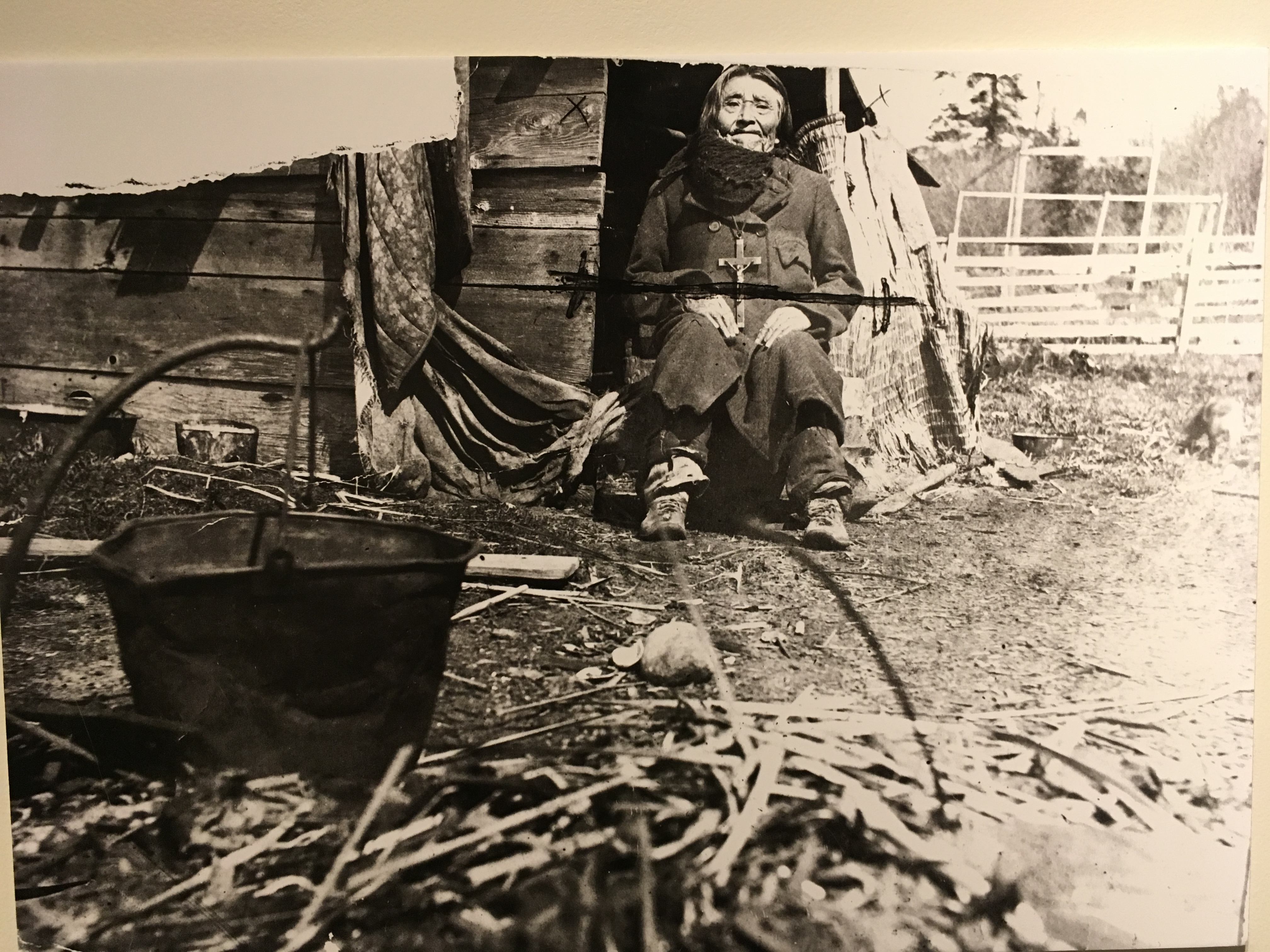
Jacob Wahalcu
In one case Wahalcu, we read Curtis detailed description of his spiritual journey quest. Wahalcu helped Curtis as an ethnographer. He must have trusted Curtis to tell him this story in such detail. Curtis writing and photography both veered wildly between sincere and absurdly racist.
Next we were fortunate to see a stop on this year’s annual Native canoe journey. In Neah Bay we saw three canoes
( two were identified, Quinault and Chehalis) and the participants gathered for a supper on the shore.
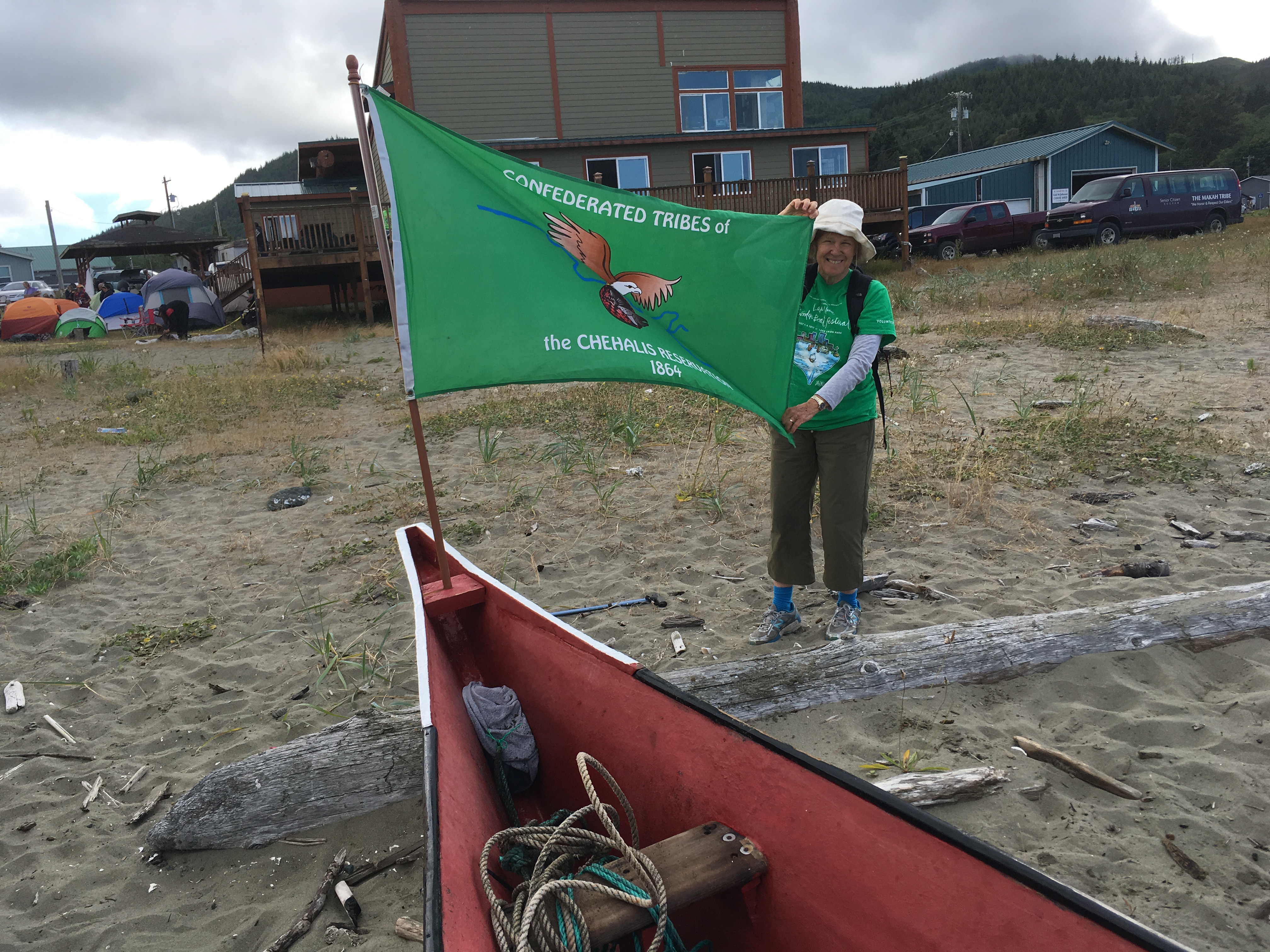
Confederate Tribes of Chehalis
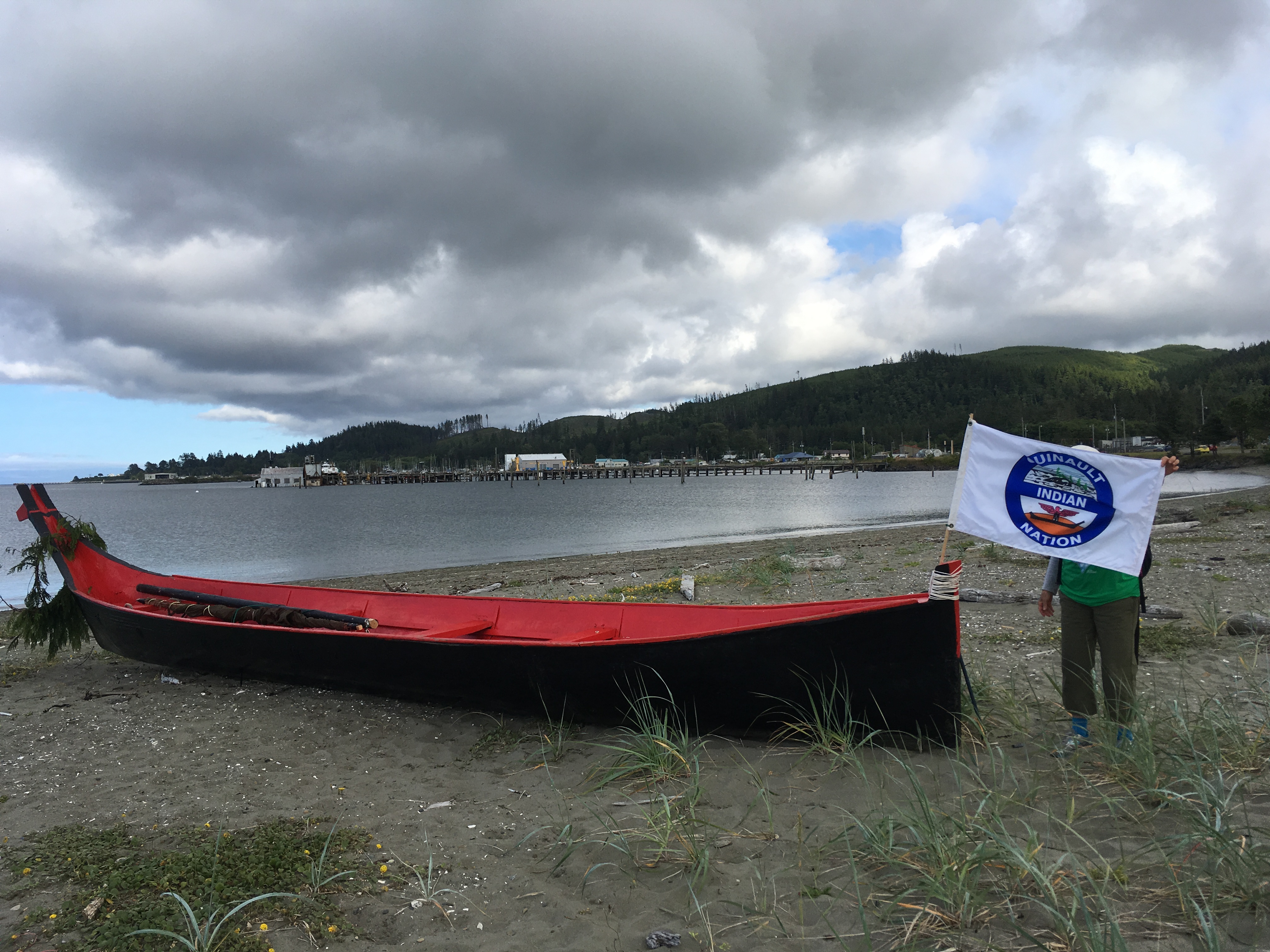
Quinault Indian Nation
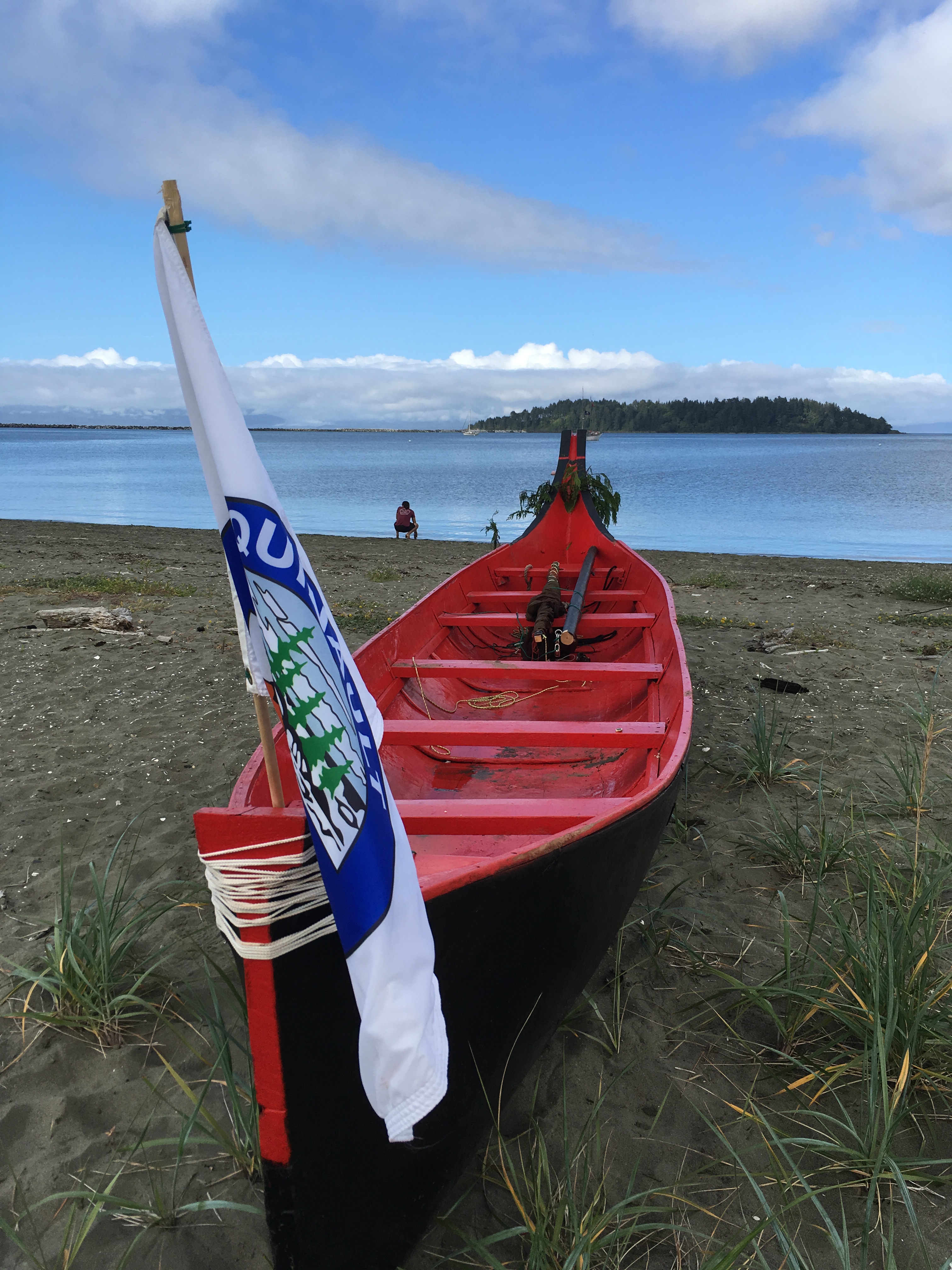

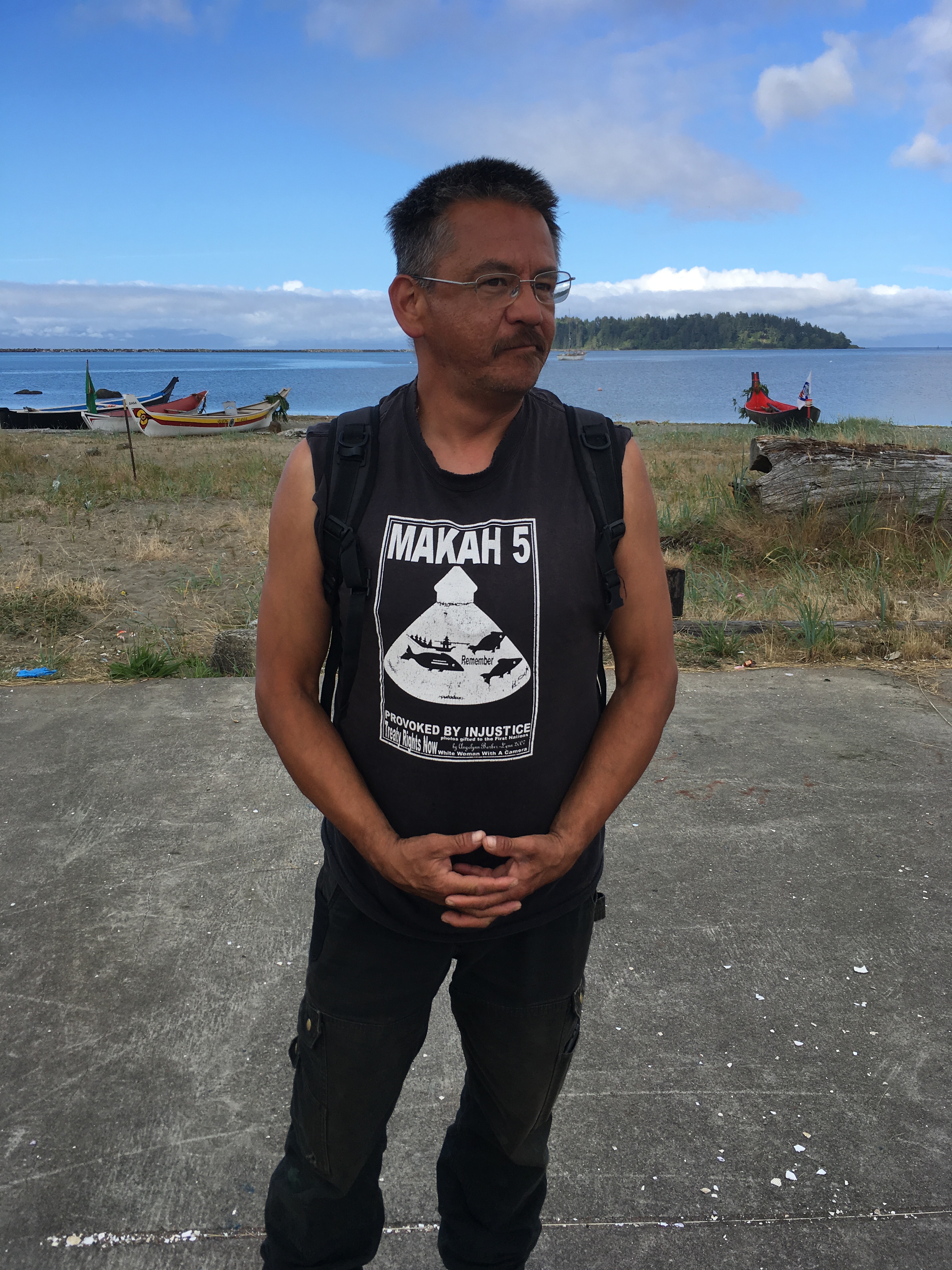

All the canoes will eventually gather in Puyallup in early August. Here is part of the statement from that tribal leader Bill Sterud
“120 canoes and dozens of tribes to our shores as we celebrate
the theme of Honoring our Medicine. Our elders have always taught us that water is a powerful medicine—a life-giving force that sustains, heals, and protects us. And as we see with Canoe Journey,
where more than 15,000 will gather on our shores to greet the canoes, the water also provides connection between Native peoples and the land. ”
“The Puyallup Tribe is one of the most urban reservations in the country. We know intimately the effects of industry and development on our culture. So we must balance city living with the need to protect the way of life our ancestors practiced before freeways and industry transformed our land. Coast Salish
tribes have always moved through the region along the water, and we are dedicated to practicing this
ancient tradition. Reclaiming our traditions is a commitment we practice every day to make sure that
our children, and their children, can enjoy these waters after we are gone.
Today, the tips of our canoes touch the sand of beaches polluted by chemicals from upstream contamination. These same pollutants poison our tide flats and seep into our shellfish beds. Just like
tribes across the nation, we live with the result of declining fish supply as salmon habitat gets degraded and salmon passage is blocked by roads. With every new development, like the Liquid Natural Gas plant, we are faced with a battle to protect our waters, our life force, and our medicine. ”
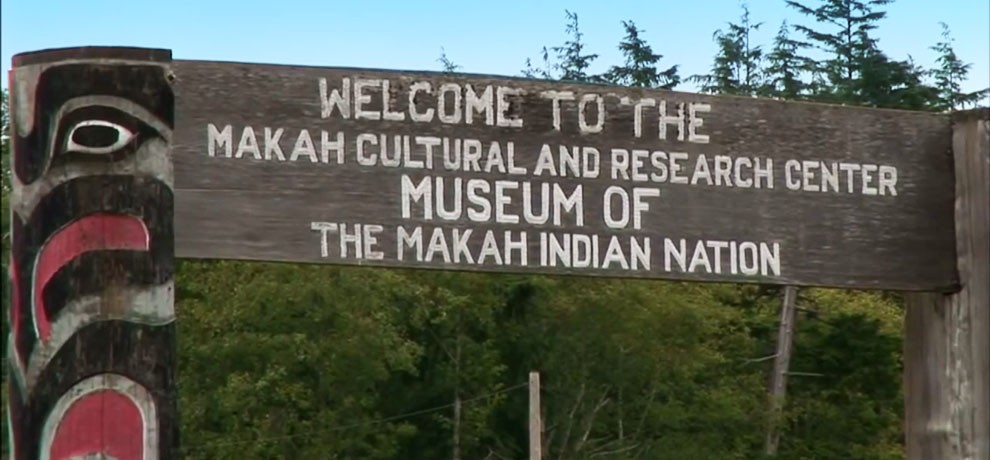
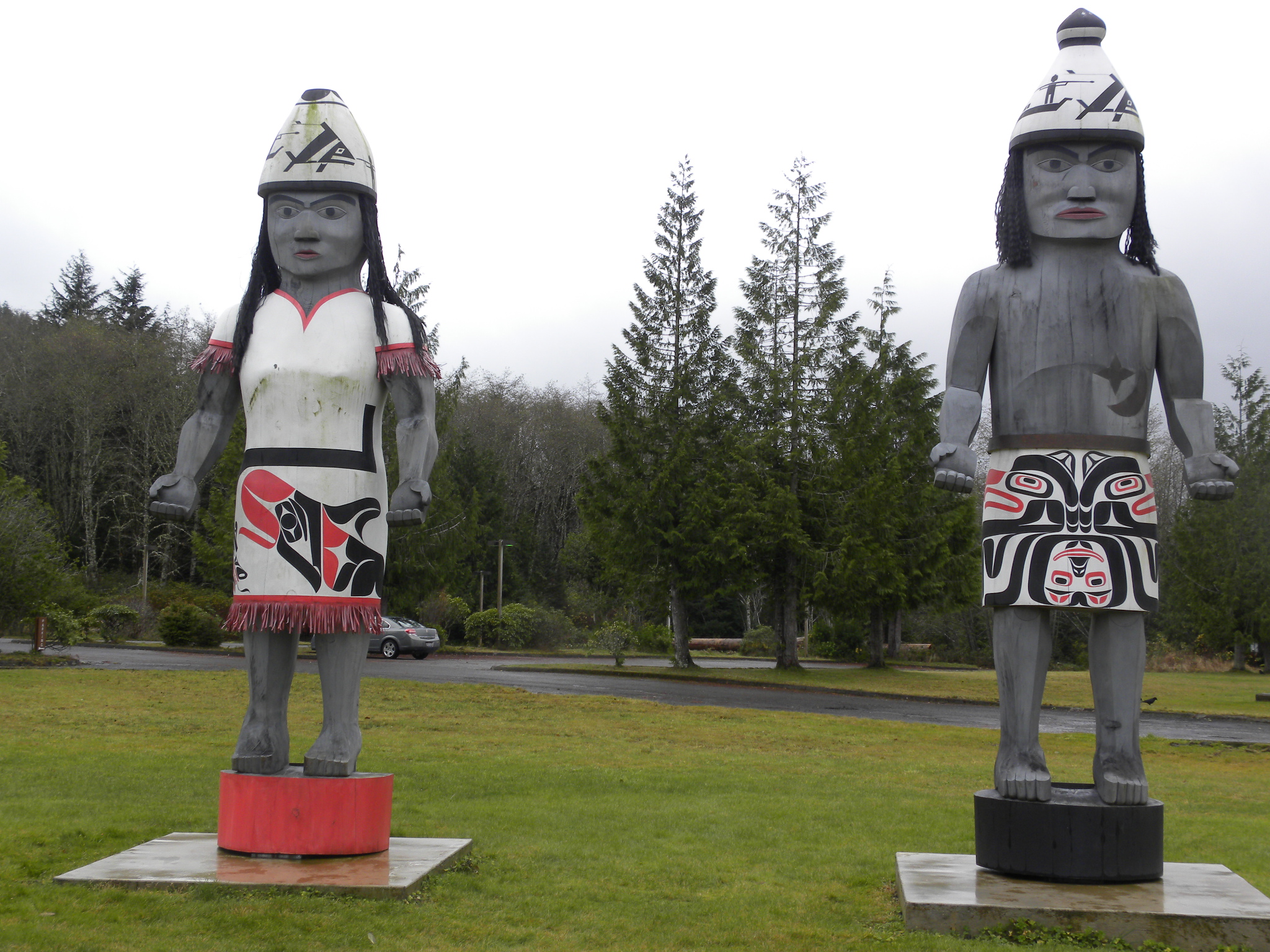

We also visited the amazing Makah museum, with its artifacts from the Ozette Archeological Site. These artifacts, exposed by a storm in 1970 after being buried in a mud flow for hundreds of years, demonstrated that the Makah have been here for more than 4000 years.
The piece of net discovered at Ozette enabled all the Northwest Indian tribes to argue that net fishing is traditional and therefore they can continue to practice it. In addition we saw tools made of many kinds of wood, each suited to its purpose,cedar,alder, hemlock, yew, preserved by the mud, fishhooks (metal from Japanese ships), bear and antler bones, stone technology, shells, cedar plank houses ( a large scale model), whaling spears, They were master whalers and so much more. They had canoes with sails.
We have been to this museum before in November 2011, but it is reinstalled with excellent labels.
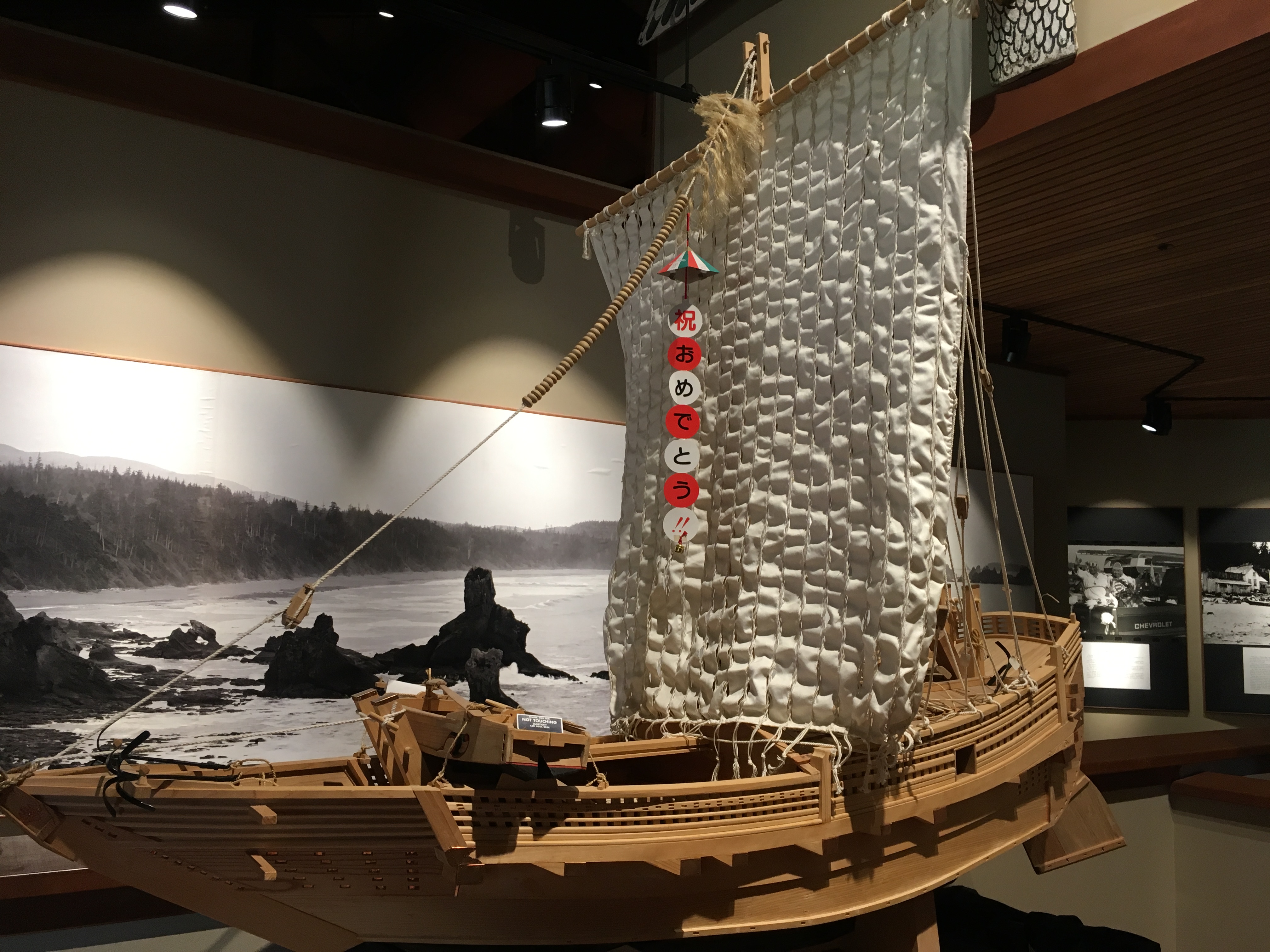
Also, the Japanese sent a model of the boat in 2006 that shipwrecked off the coast in 1832. The boat was a thank you to the Makah who saved the three surviving sailors. The sail was amazing. I have never seen a sail like this before.
Our third native cultural experience was in La Push with the Quilieute. They so happened to be celebrating Quilieult Days, and on the evening we were there after our hike to the beach we discovered they were celebrating Royalty at the high school gym. When we went there we learned that the Royalty were the children, the Queen and Warrior were the oldest: the children included age groups from 11-15, 6-10 and birth to 5. It was fabulous. Several of them gave short speeches about their strong sense of community and family. One performed a dance with a mask.

Dance by Princess age about 12
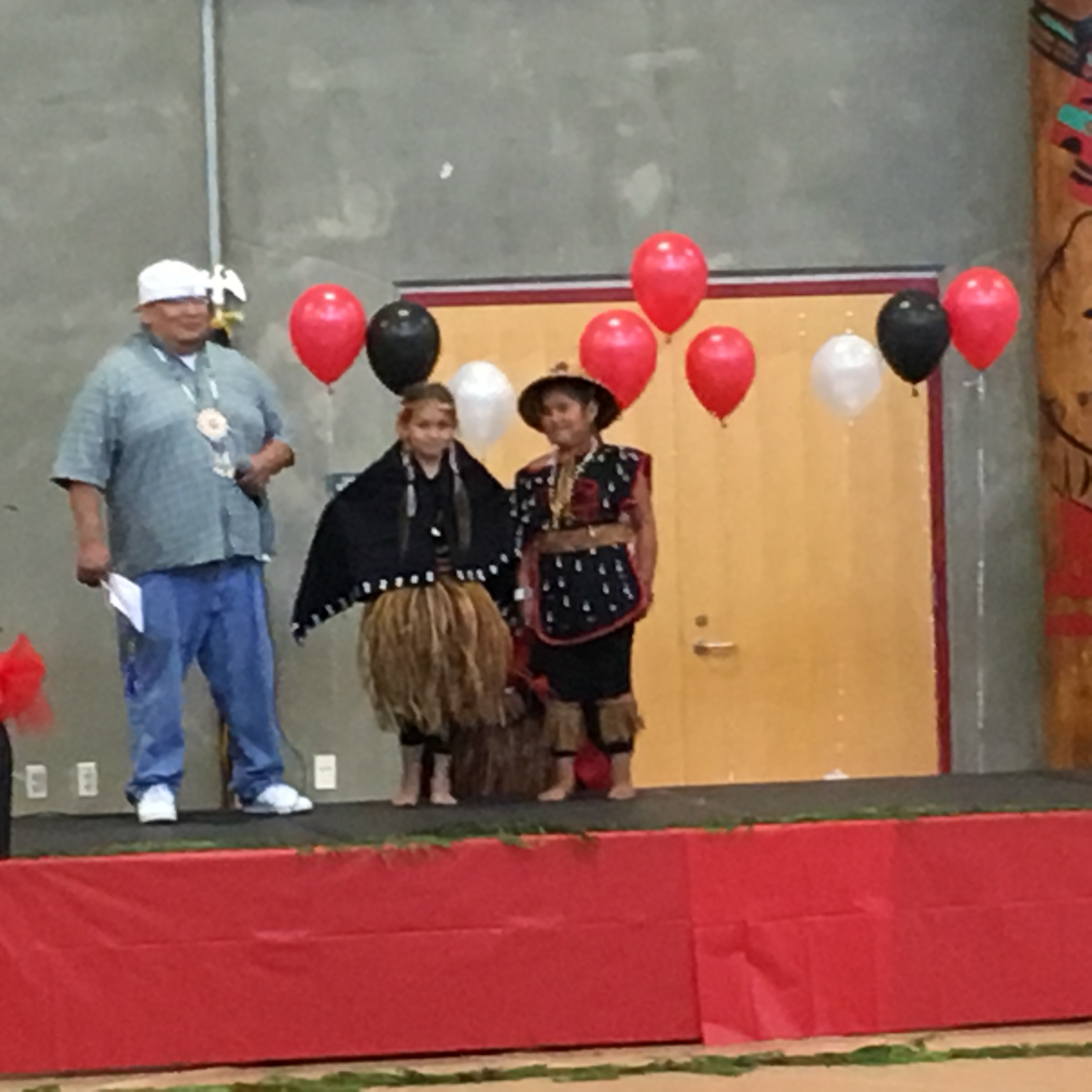
Princess and Warrior Age 6-10

Tiny Tot Princess and Warrior, Birth – 5


The Warrior and Queen
This entry was posted on July 26, 2018 and is filed under indians, Indigenous activism, Indigenous Art, Uncategorized.








